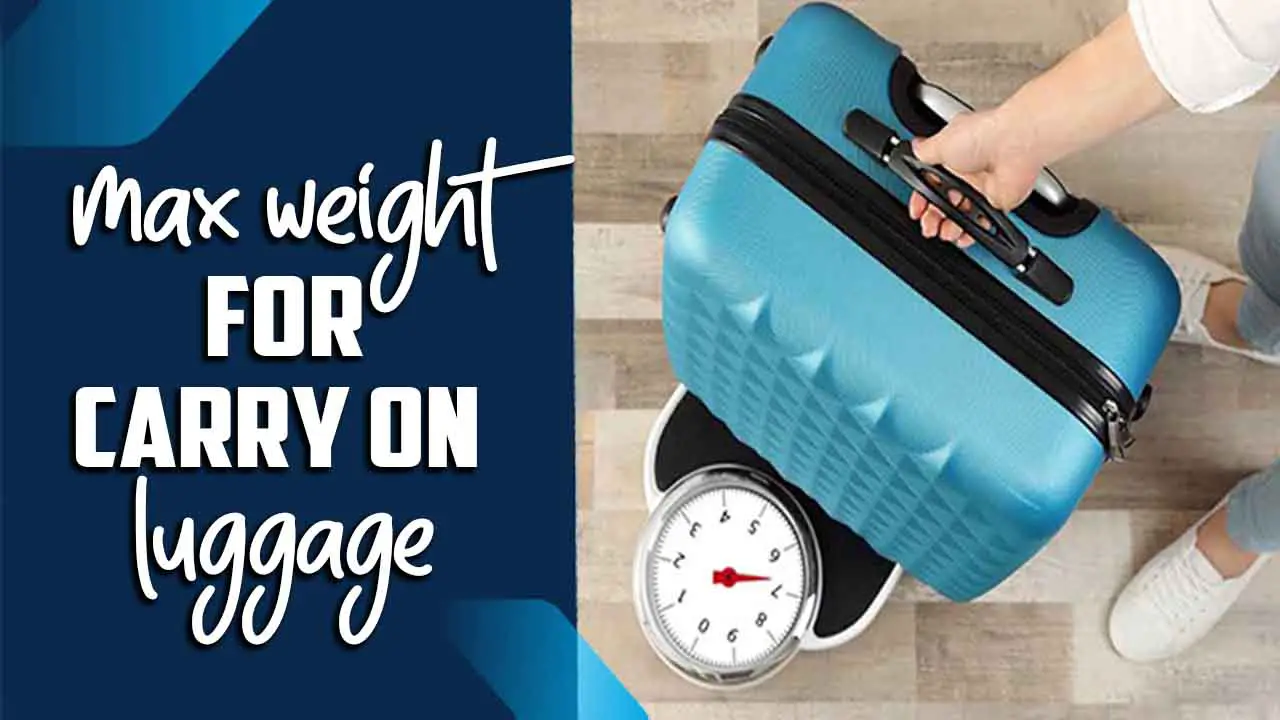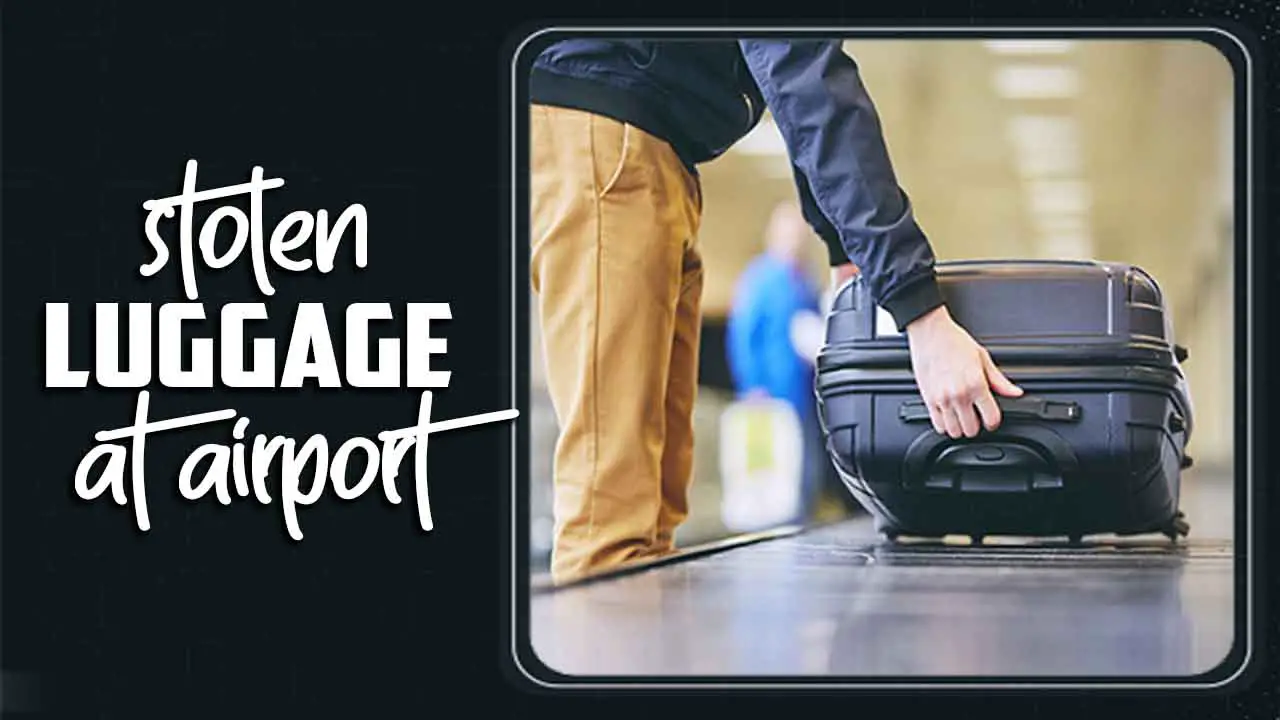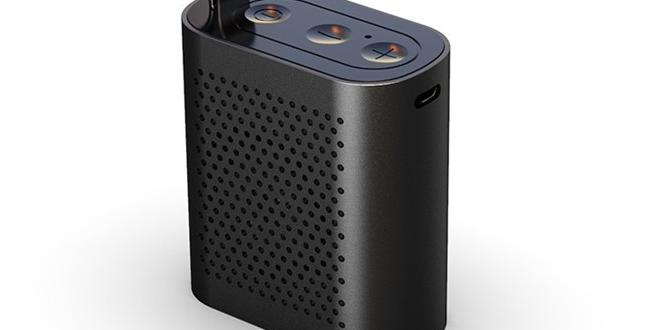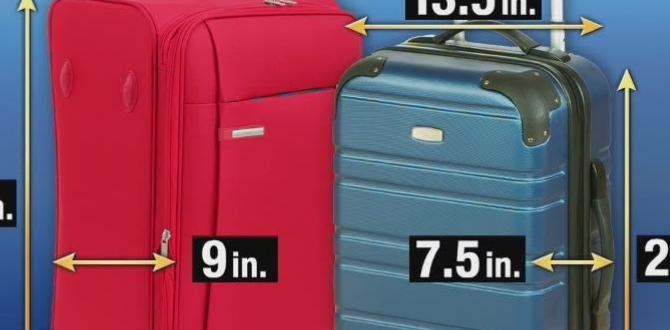Planning a trip to the Blue Mountains during its shoulder season offers a perfect blend of pleasant weather, fewer crowds, and often better prices. To make the most of this ideal travel window, focus on booking accommodation and transport in advance, packing versatile layers for changeable weather, and researching key attractions that are less impacted by seasonal fluctuations.
Dreaming of majestic mountains and crisp, clean air? The Blue Mountains, a stunning natural wonderland just a short trip from Sydney, often conjures images of sunny Australian holidays. But what about the times when the peak summer heat fades and the winter chill hasn’t quite set in? Those are the shoulder seasons – and they are absolutely magical for a visit!
Many travelers worry about unpredictable weather or missing out on the best experiences when they aren’t visiting during the absolute busiest times. If you’re looking for a more relaxed, authentic, and budget-friendly way to explore this breathtaking region, planning for the shoulder season is your secret weapon. We’ll guide you through everything you need to know to plan an unforgettable Blue Mountains adventure, ensuring comfort and ease every step of the way.
What Exactly Are the Blue Mountains Shoulder Seasons?
The “shoulder” seasons in travel refer to the periods just before and just after the main tourist season. For the Blue Mountains, this typically means:
- Spring: September to November. This is when the region bursts into bloom, temperatures are mild, and the landscape transforms with vibrant colours.
- Autumn: March to May. Expect crisp air, stunning foliage as the leaves change, and clear, sunny days perfect for outdoor activities.
These periods offer a sweet spot. The weather is generally more stable and comfortable than the extremes of summer (hot and potentially bushfire-prone) or winter (cold and wet). Crucially, you’ll encounter significantly fewer crowds than during the peak summer holidays or school breaks. This means shorter queues, more available accommodation, and a more peaceful experience soaking in the natural beauty.
Why Visit the Blue Mountains in the Shoulder Season?
Choosing the shoulder season for your Blue Mountains trip comes with a host of advantages that make planning and experiencing your getaway much more enjoyable. It’s all about smart travel and maximizing your comfort and budget.
Fewer Crowds, More Serenity
This is perhaps the biggest draw. Imagine standing at Echo Point, gazing at the Three Sisters, without jostling for elbow room. Hiking trails will be less congested, allowing for a more immersive nature experience. You’ll feel a greater sense of peace and connection to the stunning landscapes when you’re not surrounded by throngs of people.
Pleasant Weather Conditions
Spring and autumn in the Blue Mountains boast mild temperatures perfect for exploring.
- Spring offers warming days, ideal for flowering gardens and gentle walks. The average temperature often ranges from 10°C to 20°C (50°F to 68°F).
- Autumn brings crisp, cool air with beautiful sunny days. Temperatures typically hover between 8°C to 18°C (46°F to 64°F), making it comfortable for hiking and sightseeing.
Beautiful Scenery
Each shoulder season offers its own unique visual spectacle.
- Spring: Witness the region come alive with wildflowers, blossoming trees, and lush greenery. The waterfalls are often at their most powerful after winter rains.
- Autumn: Prepare for a dazzling display of autumn colours. The deciduous trees turn shades of red, orange, and gold, creating a picturesque backdrop for every photograph.
Better Value for Money
With less demand, accommodation providers and tour operators often offer more competitive pricing during the shoulder seasons. You might find better deals on hotels, guesthouses, and even flights if you’re coming from further afield. This can significantly reduce your overall trip cost, leaving more room in your budget for exploring local cafes and shops.
Ideal for Active Pursuits
The milder weather is perfect for hiking, cycling, rock climbing, and exploring the many scenic lookouts. You can enjoy longer periods outdoors without suffering from the intense heat of summer or the biting cold of winter. For those who appreciate an active holiday, these seasons are unparalleled.
Essential Planning Steps for Your Blue Mountains Shoulder Season Trip
To ensure your Blue Mountains adventure is as smooth and enjoyable as possible, a little planning goes a long way. Here’s a step-by-step guide to get you started, focusing on comfort and practicality, just like any good travel essential.
Step 1: Choose Your Exact Dates and Duration
Decide which shoulder season aligns best with your preferences. Are you drawn to the vibrant blooms of spring or the fiery colours of autumn? Consider how much time you want to spend – a long weekend is great for a taster, while a full week allows for deeper exploration without feeling rushed. Keep in mind any public holidays within these periods, as they can sometimes bring an uptick in visitors.
Step 2: Book Accommodation in Advance
While shoulder seasons are less crowded than peak times, popular areas and unique stays can still fill up, especially if you’re visiting over a weekend or a local holiday. Booking your preferred accommodation several months out is a good practice.
Whether you’re looking for a cozy B&B, a family-friendly hotel, or a private holiday rental, having this secured early offers peace of mind. For families managing travel with children, or individuals who require specific comfort and accessibility needs, like using adult diapers and pads, confirming amenities and room suitability in advance is crucial.
Step 3: Plan Your Transportation
Getting to the Blue Mountains:
- By Car: This offers the most flexibility. The drive from Sydney takes about 1.5 to 2 hours via the Great Western Highway. Consider your vehicle’s condition, especially if you plan to visit less accessible areas.
- By Train: A scenic and relaxed option. Trains depart from Sydney Central Station to Katoomba and Leura. Check Transport NSW for schedules and fares.
- By Bus Tour: Many companies offer day trips or multi-day tours from Sydney, often including guided visits to key attractions.
Getting Around the Blue Mountains:
- Once you’re in the Mountains, having a car is beneficial for exploring at your own pace.
- Local buses operate between major towns and some attractions, like the Blue Mountains Explorer Bus, which is hop-on, hop-off style and great for tourists.
- Some areas are best explored on foot or by cycling.
Step 4: Pack Smart for Variable Weather
The Blue Mountains can experience four seasons in one day, so layered clothing is key. Even in spring and autumn, mornings can be chilly, and evenings cool down significantly.
Essential Clothing Items:
- Base Layers: Long-sleeved tops and thermal leggings (especially for cooler mornings/evenings).
- Mid Layers: Fleece jackets, jumpers, or cardigans for warmth.
- Outer Layer: A waterproof and windproof jacket is a must for unpredictable weather and hiking.
- Trousers: Comfortable walking pants or jeans.
- Footwear: Sturdy, comfortable walking shoes or hiking boots are essential for exploring. Pack an extra pair in case one gets wet.
- Accessories: A beanie, scarf, and gloves can be surprisingly useful, even in spring. A wide-brimmed hat and sunglasses for sunny spells.
For Comfort and Preparedness:
For longer excursions, especially with children or for individuals who prioritize discretion and comfort due to personal health needs, carrying essential supplies is wise. This might include comfortable, absorbent (incontinence pads and liners), or child-specific products, ensuring you can focus on the adventure without worry.
Step 5: Research Attractions and Book Tours
The Blue Mountains offers a vast array of attractions, from iconic lookouts to hidden gems.
Must-See Attractions:
- Echo Point and the Three Sisters: The most famous vantage point.
- Scenic World: Home to the Scenic Railway, Cableway, Skyway, and Walkway – great for accessible views.
- Leura Cascades and Bridal Veil Falls: Beautiful short walks.
- Jenolan Caves: A bit further afield, but spectacular limestone caves (book cave tours in advance).
- Various Lookouts: Govetts Leap, Sublime Point, Prince Henry Cliff Walk.
Booking Tours:
If you’re interested in guided experiences, such as bushwalking tours, photography workshops, or even wine tasting in nearby regions, book these in advance. This is especially true for popular tours of places like Jenolan Caves, where specific tour times can sell out.
Step 6: Plan Your Meals
The Blue Mountains has a fantastic food scene, ranging from casual bakeries and cafes to fine dining restaurants.
- Research Cafes and Restaurants: Many are located in Katoomba, Leura, and Blackheath. Check their opening hours and consider booking for dinner, especially on weekends.
- Picnic Supplies: Pack lunches or buy local produce for picnics. There are numerous stunning spots for a meal with a view.
- Dietary Needs: If you have specific dietary requirements, research establishments known for catering to them.
Step 7: Stay Informed About Conditions
Weather can change rapidly. Before you head out each day, check the local forecast. For any hiking, it’s wise to be aware of current park conditions. The NSW National Parks and Wildlife Service (NPWS) website is an excellent resource for any alerts, closures, or safety advice. This is particularly important during periods that might have a higher risk of bushfires in other seasons, though shoulder seasons are generally safer.
Sample Itinerary: Blue Mountains Shoulder Season (3 Days)
This itinerary balances iconic sights with opportunities for gentle exploration, assuming you have your own transport.
Day 1: Arrival, Iconic Views, and Scenic World
- Morning: Arrive in the Blue Mountains. Check into your accommodation.
- Late Morning: Head to Echo Point, Katoomba, for your first breathtaking views of the Three Sisters. Take photos and soak in the panorama.
- Lunch: Enjoy lunch at a cafe in Katoomba or pick up picnic supplies.
- Afternoon: Visit Scenic World. Ride the Scenic Railway, the steepest passenger railway in the world, explore the ancient rainforest boardwalk on the Scenic Walkway, and enjoy panoramic views from the Scenic Cableway and Skyway.
- Evening: Dinner at a restaurant in Katoomba or Leura.
Day 2: Hiking and Waterfalls (Leura and Beyond)
- Morning: Explore the charming village of Leura. Wander through the shops and then head to Leura Cascades. Enjoy a walk to Bridal Veil Falls and perhaps continue along the Prince Henry Cliff Walk for more stunning vistas.
- Lunch: Have lunch at a Leura cafe or enjoy a picnic at one of the many scenic spots.
- Afternoon: Drive to Govetts Leap Lookout in Blackheath for another spectacular view of the valley and the impressive Bridal Veil Falls (a different one than Leura’s!). Consider a short walk along the cliff top.
- Optional: If time and interest permit, explore more of Blackheath village or visit the Blue Mountains Botanic Garden, Mount Tomah (a bit of a drive back towards Sydney but beautiful in spring/autumn).
- Evening: Relax and enjoy dinner.
Day 3: Caves or Further Exploration, and Departure
- Option 1 (Full Day Trip): Drive to the magnificent Jenolan Caves. Allow at least 3-4 hours to take a guided tour of one or two of the spectacular show caves. The drive itself is scenic. Bring snacks and water, and book your cave tours well in advance.
- Option 2 (Closer Exploration): Visit Wentworth Falls for a walk to the falls and lookouts. Explore more of the Wentworth Falls area, which offers various trails for different fitness levels.
- Lunch: Depending on your chosen option, have lunch at Jenolan, Wentworth Falls, or a cafe en route.
- Afternoon: Begin your journey home, reflecting on the beauty of the Blue Mountains.
What to Pack for Specific Needs
At Journey Essentials, we understand that travel comfort is paramount and can sometimes involve specific personal needs. Ensuring you have the right supplies can make a world of difference to your peace of mind and enjoyment.
For Parents with Young Children
Traveling with little ones requires extra preparation. Beyond the usual snacks and entertainment, consider:
- Diaper Bags: A well-organized diaper bag is key. Pack more diapers than you think you’ll need.
- Child-Specific Wipes and Changing Mats: For easy, hygienic changes on the go.
- Comfort Items: A favorite small toy, blanket, or comfortable clothing for naps in the car or stroller.
- Portable Essentials: Consider a lightweight stroller or a sturdy baby carrier for navigating trails and attractions.
For Adults Requiring Personal Care Convenience
For adults who may need added security and confidence during travel, particularly for longer journeys, flights, or extended periods away from immediate facilities, having the right personal care items is vital for stress-free exploration.
- Discreet and Absorbent Protection: Modern pull-up style briefs and protective underwear offer high absorbency and a discreet fit under clothing, allowing for comfort and freedom of movement.
- Underpads and Bedding Protection: For added security overnight or during rest stops, disposable underpads offer reliable protection without bulk.
- Travel-Sized Toiletries: Include any personal care items you might need for freshening up, such as wipes or gentle cleansing cloths.
- Comfortable, Breathable Clothing: Choosing fabrics that are soft and allow airflow can enhance overall comfort during your trips.
The goal is always to eliminate potential stressors so you can fully immerse yourself in the experience. Having these essentials readily available means you can focus on the stunning Blue Mountains scenery, not on logistical worries.
Table: Blue Mountains Weather Comparison (Average Temperatures)
This table offers a simplified look at average temperatures to help you decide when to visit. Remember that even during shoulder seasons, microclimates and daily fluctuations occur.
| Month | Average High (°C / °F) | Average Low (°C / °F) | Typical Conditions |
|---|---|---|---|
| March | 21°C / 70°F | 10°C / 50°F |







